TAU Medical Student to Swim for Israel at Summer Olympics
Andi Murez enhances her athletic performance at the Sylvan Adams Sports Institute.
“Most people tell me I’m crazy to be a professional swimmer and medical student, but I couldn’t give either up, so I tried to do both, not knowing whether I would succeed at either,” says Andrea “Andi” Murez during a break between training sessions at the University’s Sylvan Adams Sports Institute and the neighboring Sports Center. “I’m proud that I’ve given it a shot and prevailed.”
A Balancing Act
In 2017, California native Murez enrolled at TAU in the Sackler School of Medicine New York State/American Program. She has since completed her first two years in the MD Program that offers English courses for students from North America.
This will be 29-year-old Murez’s second Olympics; she previously represented Israel in Rio de Janeiro in 2016. With the Games in sight, the Israeli national record-holder in the 100-meter and 200-meter freestyle has taken a temporary break from her studies to focus on her Olympic aspirations. Following Tokyo, she will return to medical training and begin two years of clinical rotations at TAU-affiliated hospitals.
Training at TAU
Murez’s grueling routine in the final stretch to Tokyo consists of regular sessions at TAU facilities, including performance analyses at the Sylvan Adams Sports Institute, alongside teammates from Israel’s Olympic delegation and its national swim team.
Established in 2018, the Institute focuses on improving athletic capabilities in endurance sports: swimming, running, cycling, and triathlon. The Institute houses a state-of-the-art flume (counter-current) pool that helps swimmers improve their craft by testing factors such as limb function, movement symmetry and muscle fatigue.
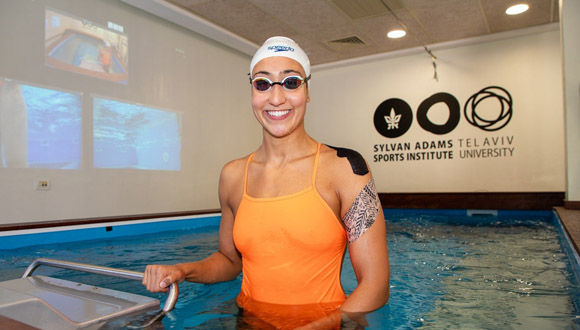
Murez trains at the flume pool at TAU’s Sylvan Adams Sports Center (Photo: Moshe Bedarshi)
“Having Andi and other members of the Olympic team at the Institute is a realization of the Sylvan Adams Sports Institute’s mission, which is to enhance the abilities of Israel’s top athletes and nurture Olympic-level champions,” says the Institute’s Director, Prof. Chaim Pick of TAU’s Department of Anatomy & Anthropology, Sackler Faculty of Medicine.
“In a sport where every hundredth of a second matters, training sessions such as those performed at the Sylvan Adams Sports Institute—which could not have been done elsewhere in Israel—are vital for high-level swimmers such as Andi to evaluate and fine-tune their technique,” he adds.
WATCH: Murez trains at the flume pool at TAU’s Sylvan Adams Sports Center
For her part, Murez appreciates the variety of performance building options available at TAU. “Some people perform better in the flume pool, some in the open pool,” she says. “It’s great to have both for a holistic approach.”
Diving into Israel
In addition to her Olympic aims, Murez hopes to inspire other women along with potential olim to realize their dreams in Israel, particularly when it comes to athletics and higher education.
“Growing up, I never thought I’d swim for Israel—but it’s been great,“ says Murez.
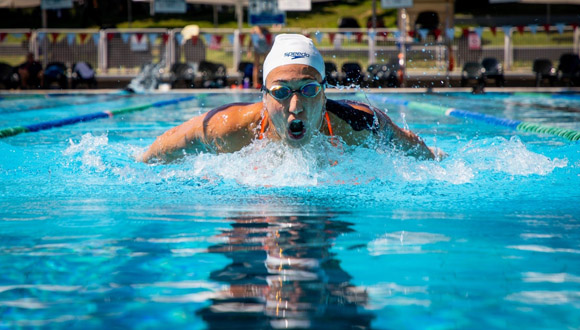
Andi Murez is making waves in the pool and the classroom (Photo: Moshe Bedarshi)
The 17-time Maccabiah Games medalist credits formative experiences at the so-called “Jewish Olympics” for connecting her to Israel. Murez decided to make aliya following the 2013 Maccabiah, where a local counterpart drove home the exciting potential of living and swimming in Israel.
After undergraduate studies at Stanford University, she accepted a spot on the Israeli National Swimming Team and made aliya in 2014. Murez encourages others to follow similar paths. “It was a very welcoming experience,” she enthuses.” I love it here.”
She views swimming and medicine not as disparate endeavors, but as parallel tracks with many similarities. “The medical path is a long and rigorous journey, which takes patience and delayed gratification—two things I have experienced as a swimmer. When I was stressed in the classroom, I had swimming to fall back on,” she says. “When I’m stressed by swimming, I can focus on school to help me feel better.”
“The TAU faulty supported my passion for swimming and allowed me to take two years off of school to train for the Tokyo Olympics,” she notes. “I feel very fortunate that I found a great medical program to continue my studies.” Murez also nods to her classmates for their support. “In our program, I often studied in groups with classmates. If I fell behind on the material because of trainings, they would help me catch up,” she recounts. “They even came to a few swim meets to cheer me on!”
Following the 2021 Olympics, Murez plans to stay in Israel and pursue her professional swimming career alongside working as a physician. We wish Andi good luck and will continue to root for her in all her endeavors!
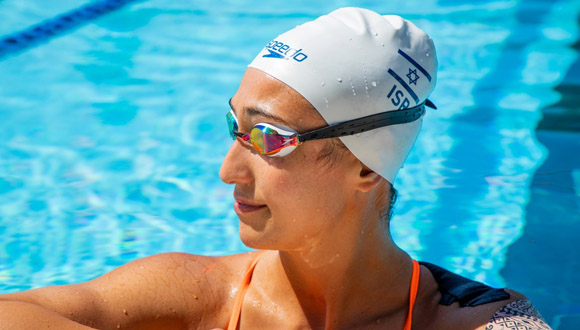
Murez will swim for Israel at the 2021 Olympic Games in Tokyo, Japan (Photo: Moshe Bedarshi)
Featured image: TAU medical student and Olympic contender Andi Murez poolside at the University’s Sports Center (Photo: Moshe Bedarshi)



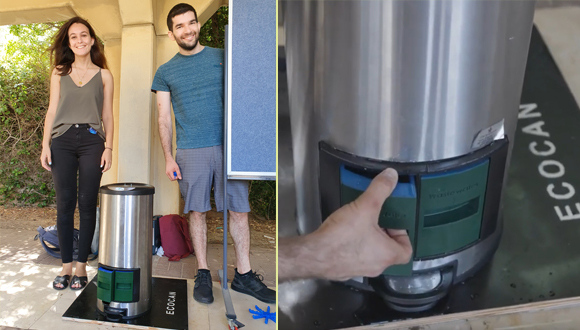

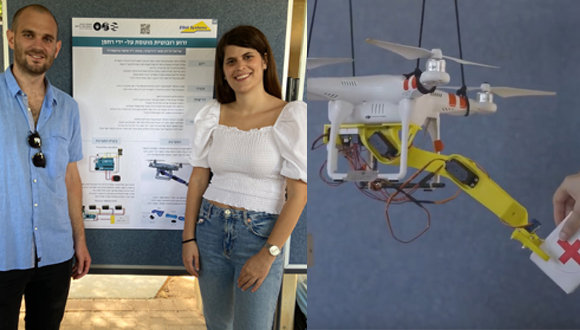
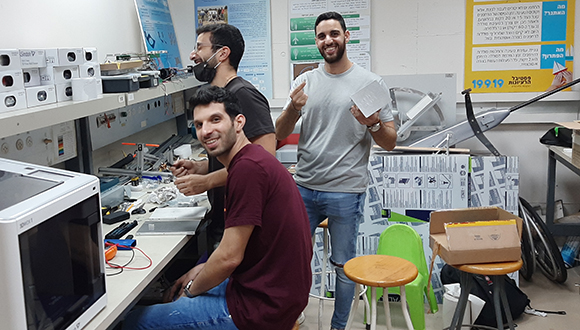

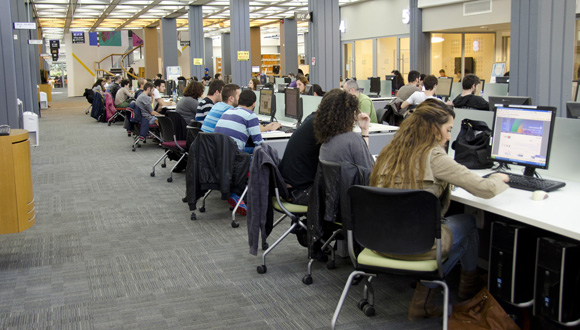

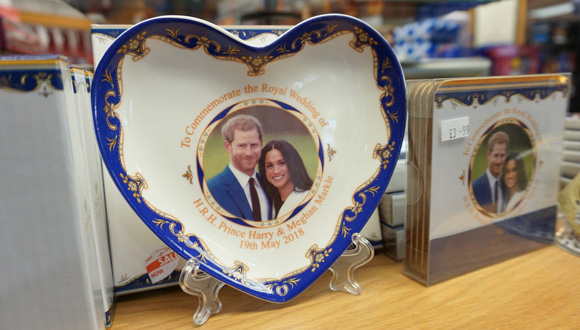 Royal wedding souvenirs commemorating Harry and Meghan’s royal wedding
Royal wedding souvenirs commemorating Harry and Meghan’s royal wedding